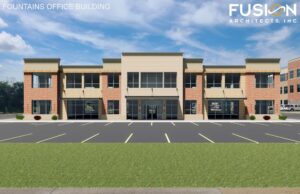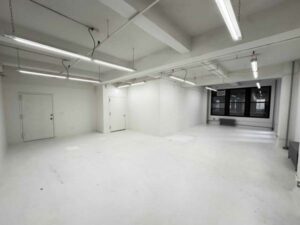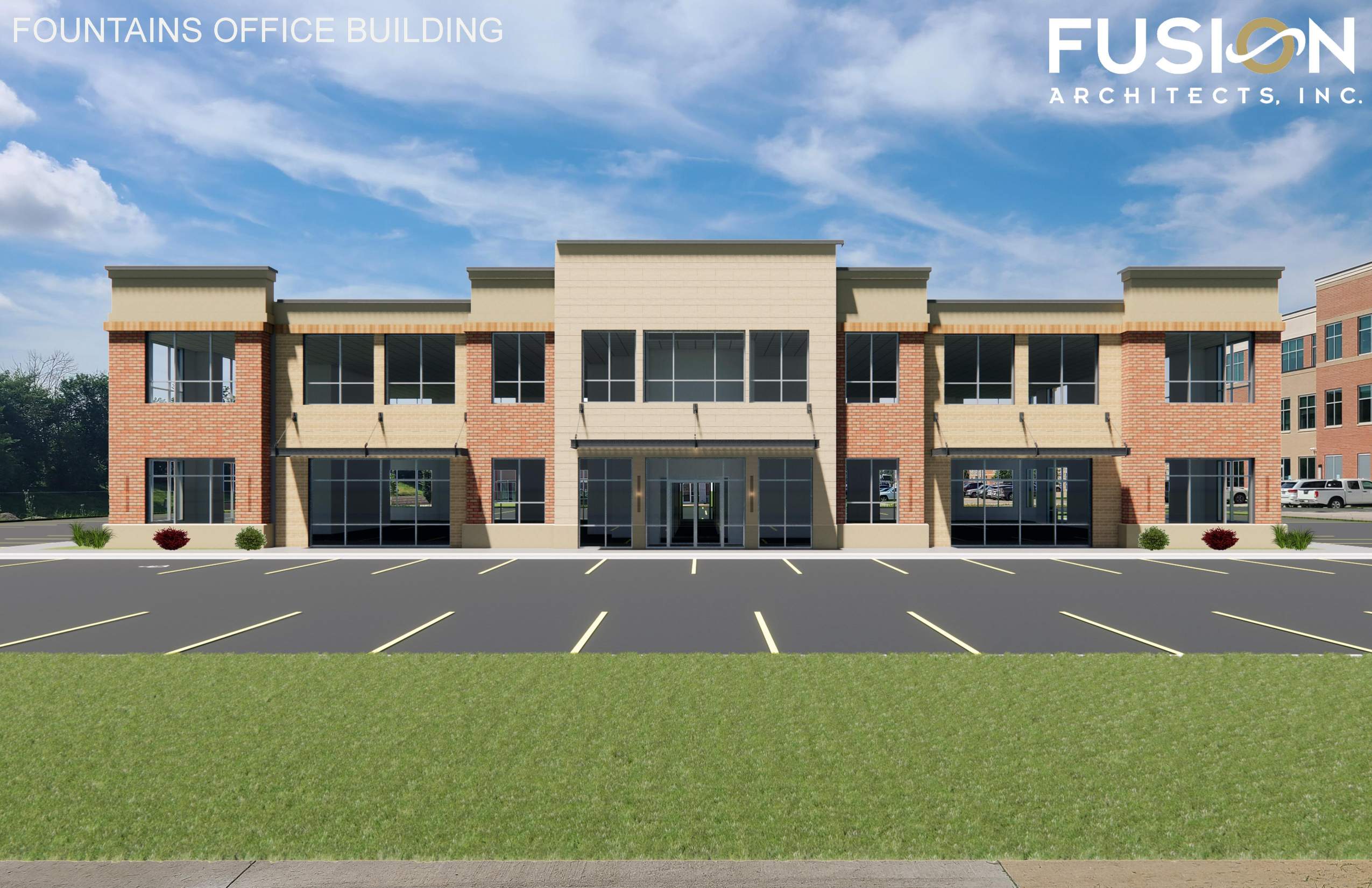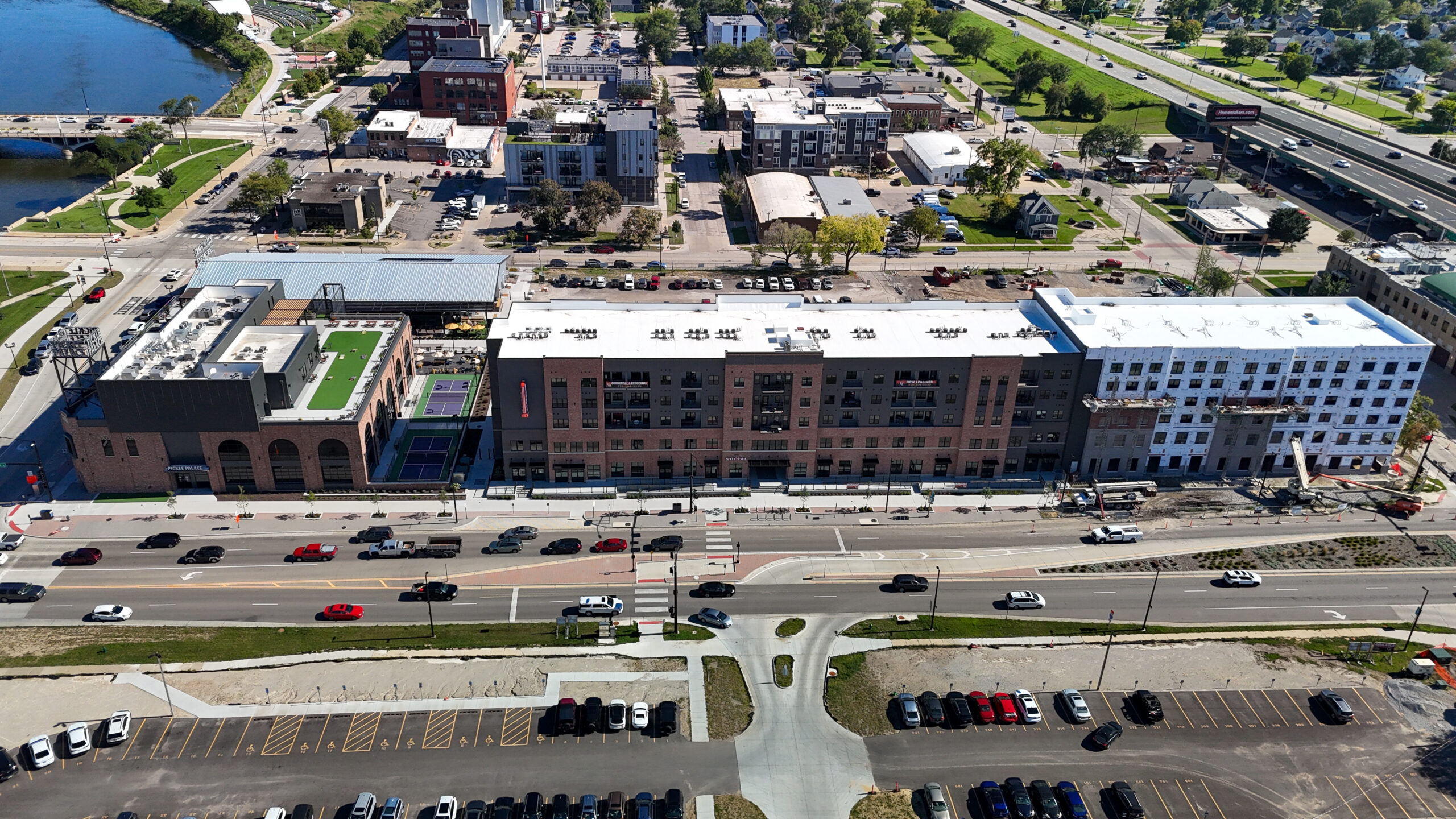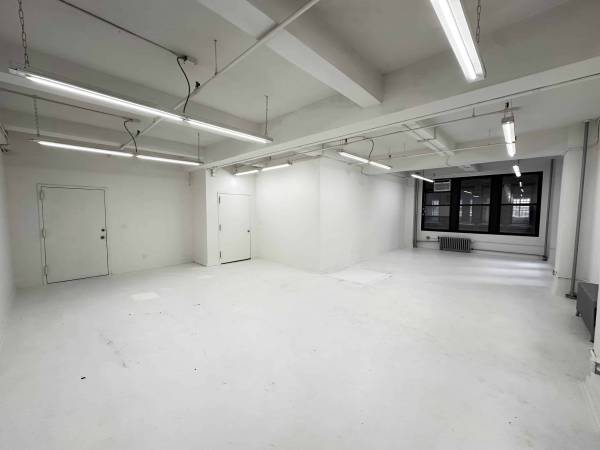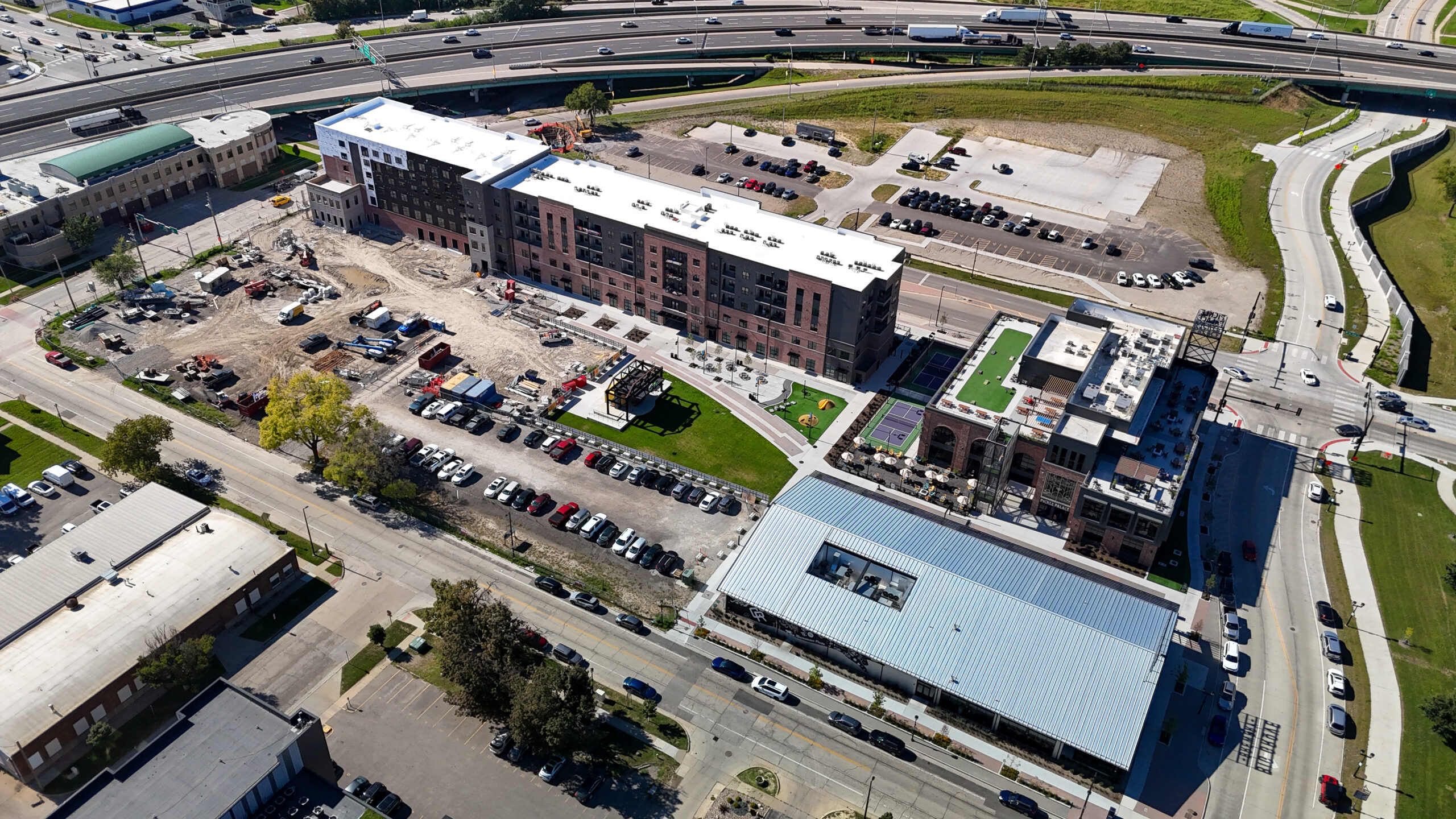Operating expenses in the world of commercial real estate are known as pass-through expenses. These are property costs that landlords pass on to tenants who occupy a commercial real estate property. A simple way to think of pass-throughs is to consider them as any expenses required to operate a property that are not the base rent.
Typically pass-through expenses include things like Common Area Maintenance (CAM), property taxes, insurance, utilities, janitorial, security and supply costs. The expenses are calculated per square foot of rentable space. All of the pass-through expenses listed here are a portion of the overall cost which is divided per square foot of rentable space and passed on to the tenant. They can be calculated as a pro rata share on top of base rent or included in the gross rent. The tenant is responsible to pay pass-through expenses for the square footage of space occupied by their business as well as the rentable space which includes a percentage of shared space in the building. The landlord would be responsible to pay for the pass-through expense of any vacant space.
Commercial lease agreements are typically structured in a way that increases pass-through expenses year over year in proportion to the increase in overhead to run the building. The expenses in the first year (base year expenses) of occupancy set the baseline for the remainder of the term. If these expenses increase in subsequent years, each tenant is required to pay the amount of the increase base on their proportionate share of the building.
For example, if property costs for a 10,000 square foot building increase from $100,000 to $110,000 (increase of $10,000) the amount passed through to the tenant is shown as an additional $1.00 per square foot per year.
The payment structure of pass-through expenses is determined by the type of lease. In a triple net lease (NNN) pass-through expenses are assessed pro rata on top of the base rent. In a full-service gross lease, the pass-through expenses are included in the base rent. A Modified gross lease structure generally includes the majority of pass-through expenses in the base rent.
Before entering into the lease agreement, a potential tenant can try to negotiate pass-through expenses by asking for certain limitations and built-in safety parameters to ensure the expenses don’t increase beyond a reasonable amount. Just be aware that landlords will not always be willing to amend the terms of the agreement. It is important to read through the terms of the agreement, ask questions of the landlord or request more specific contract language. Your real estate agent or broker can be a great resource during the negotiation process. Use them to help work through this process. They are experienced with lease agreement terms and working with landlords.
Contact Jason Rogers or Craig Byers to assist you in finding the perfect location for your business and working through the negotiation process!
Check out this blog post on CAM Charges, A Component of Rent Expenses in the Commercial Real Estate Lease:
Article source: www.millionacres.com/real-estate-investing/commercial-real-estate/commercial-real-estate-operating-expenses-explainer/


